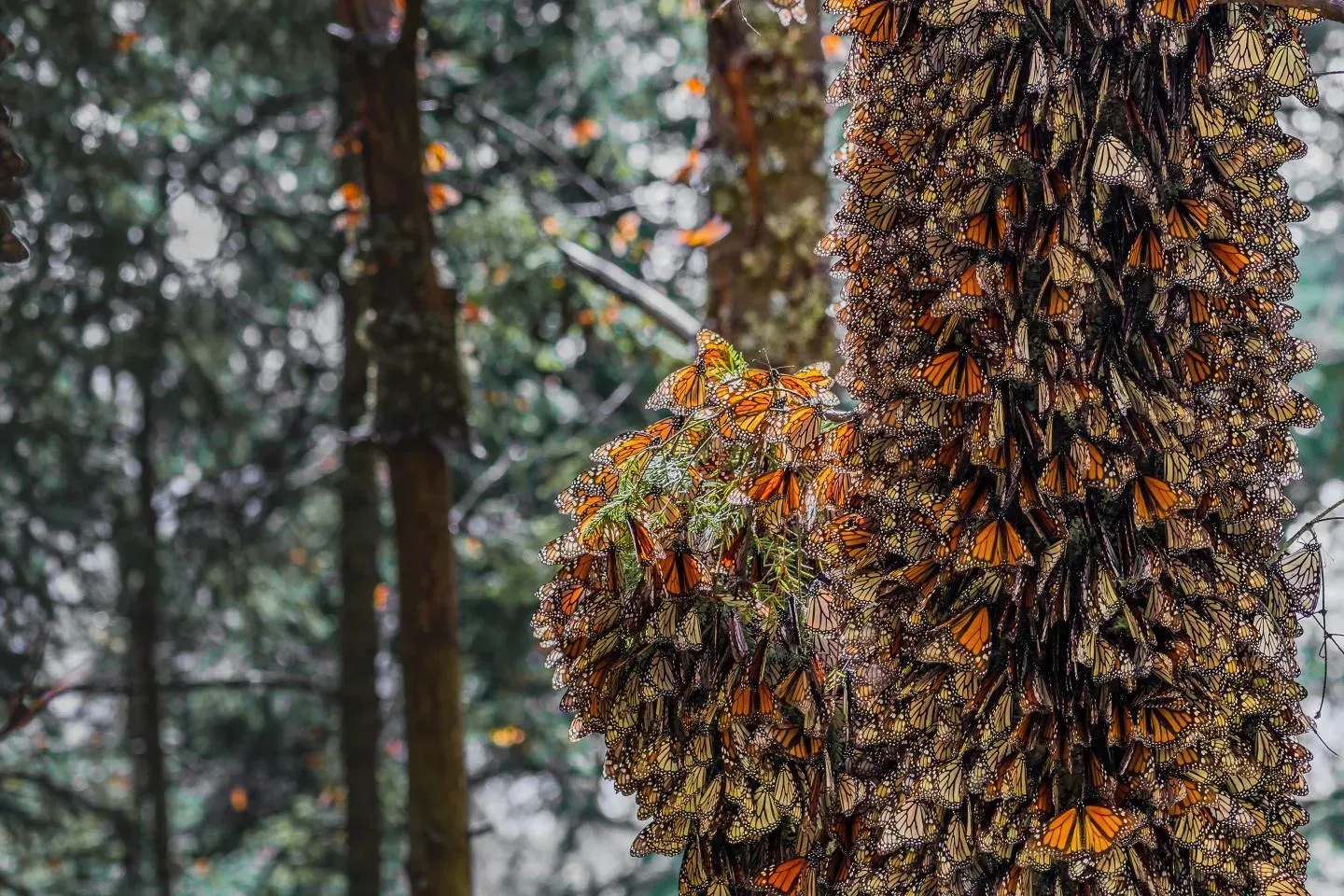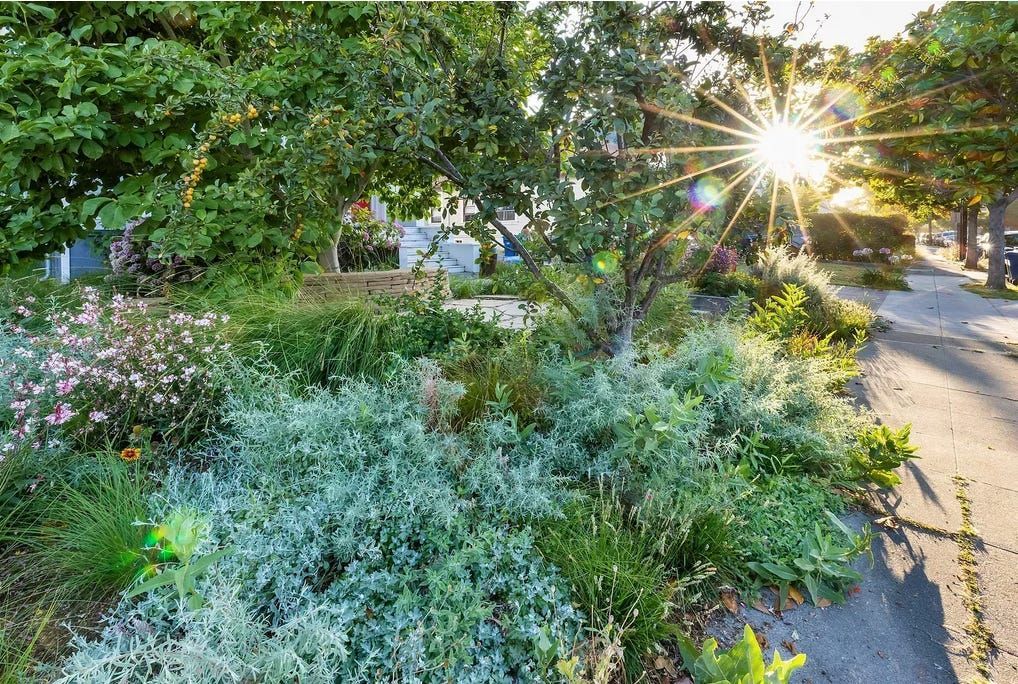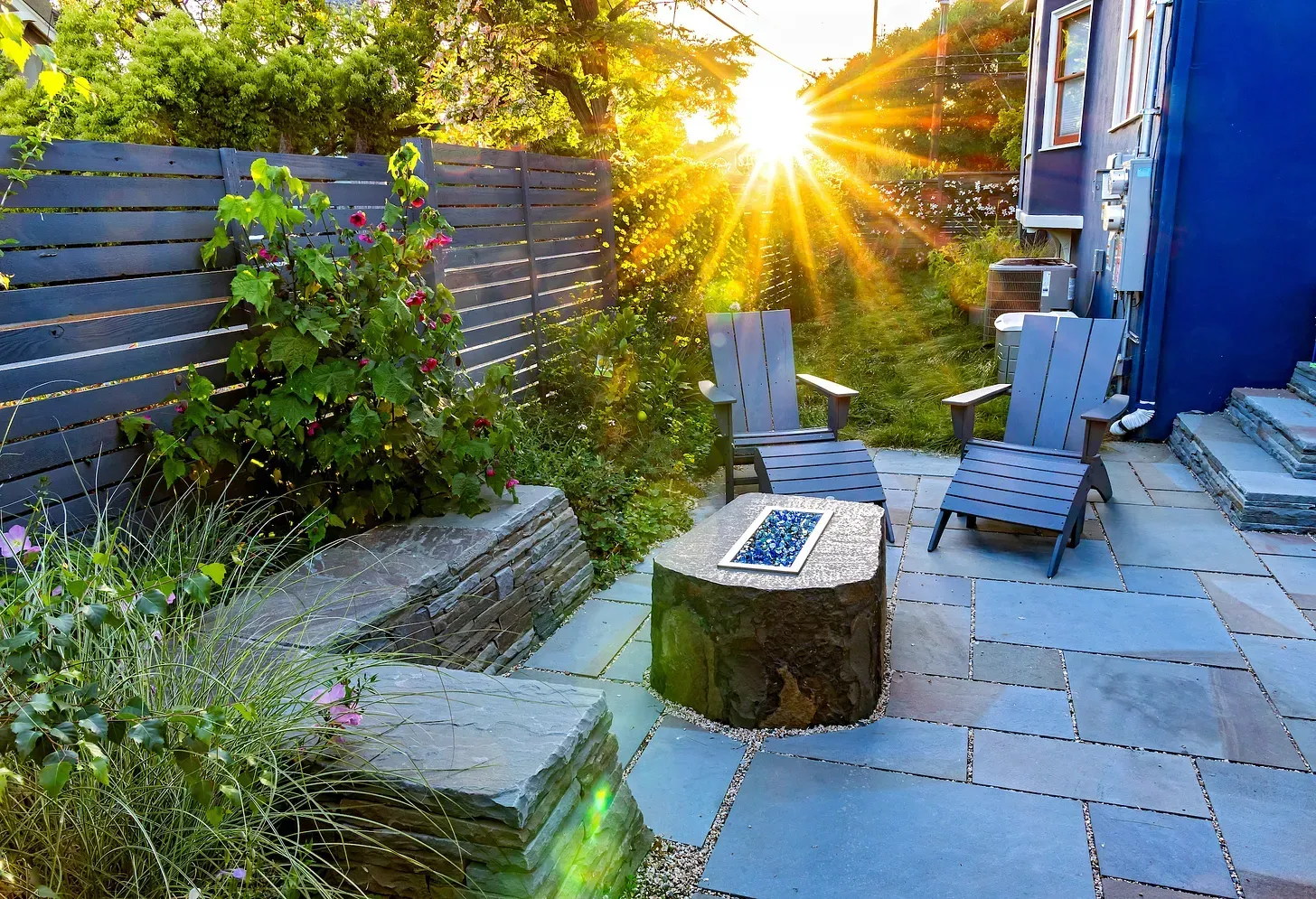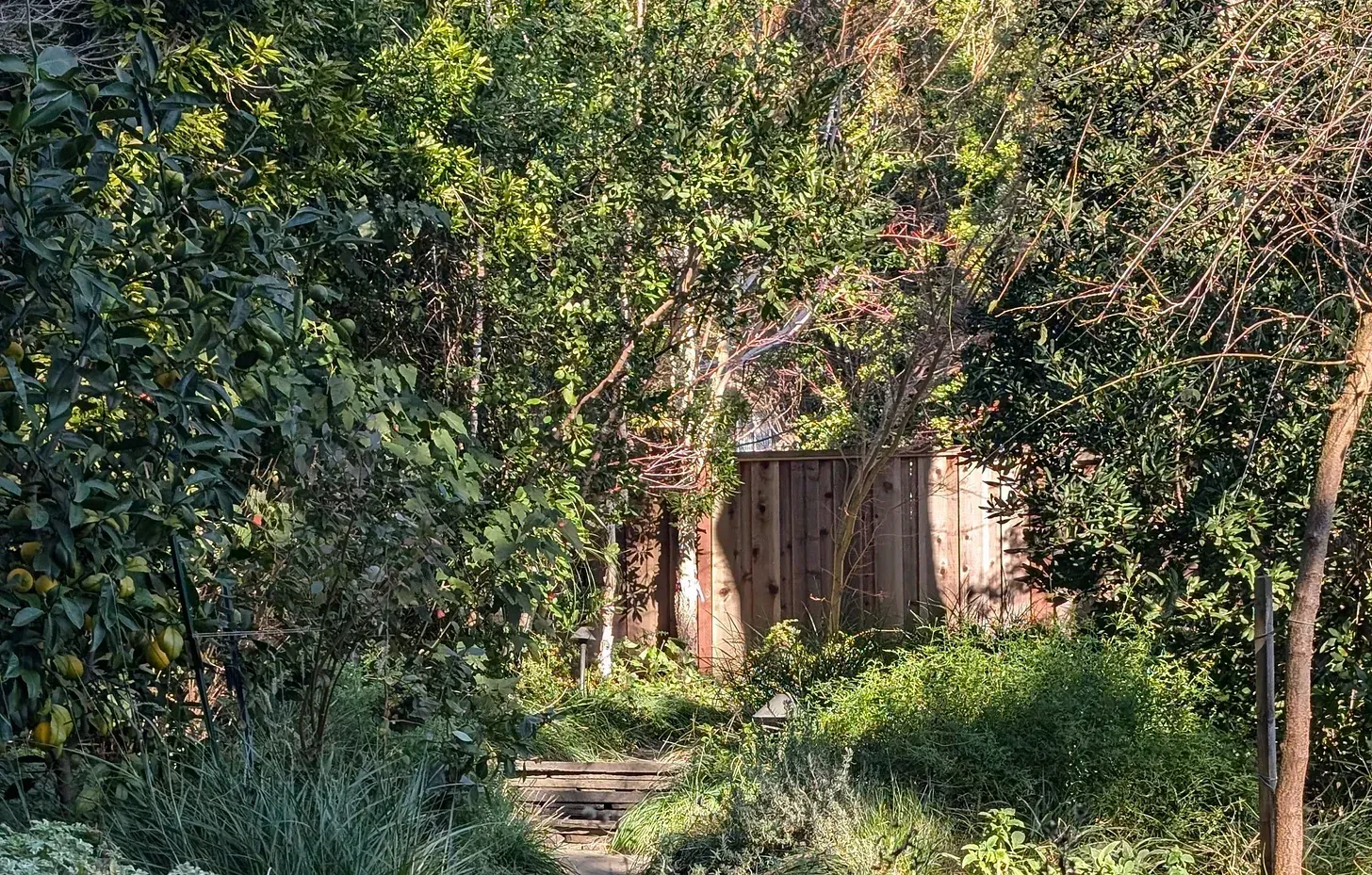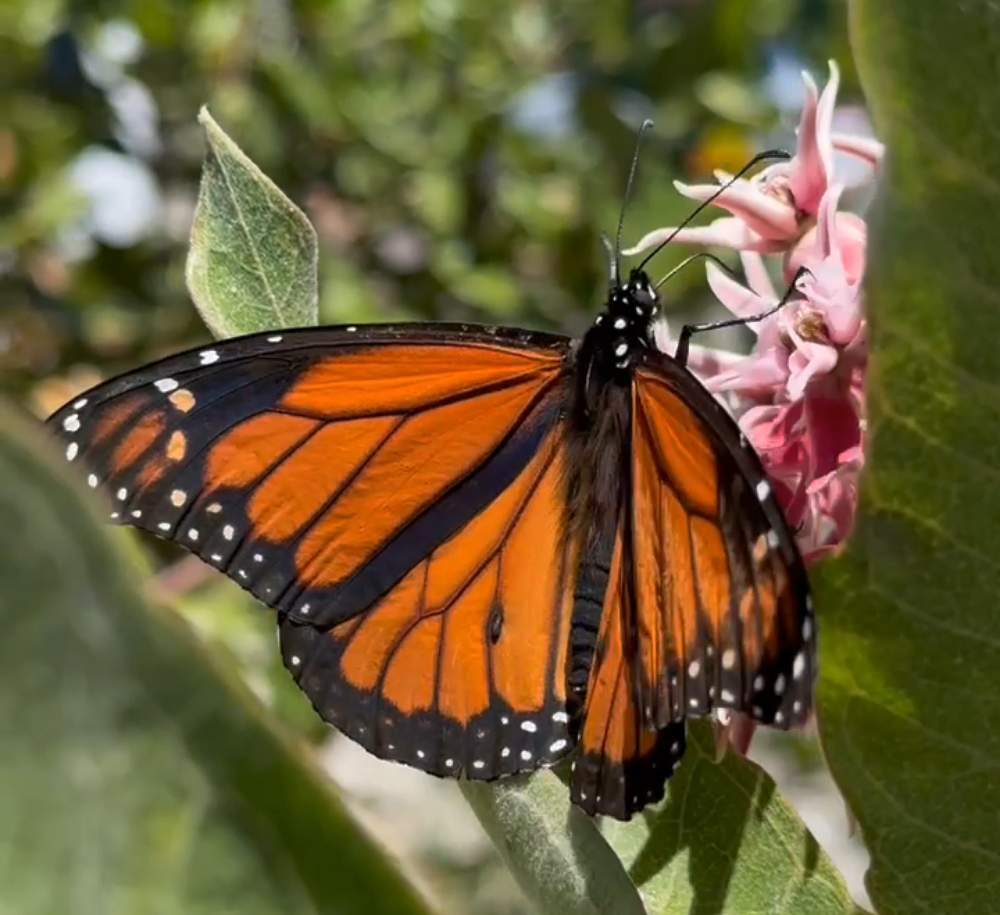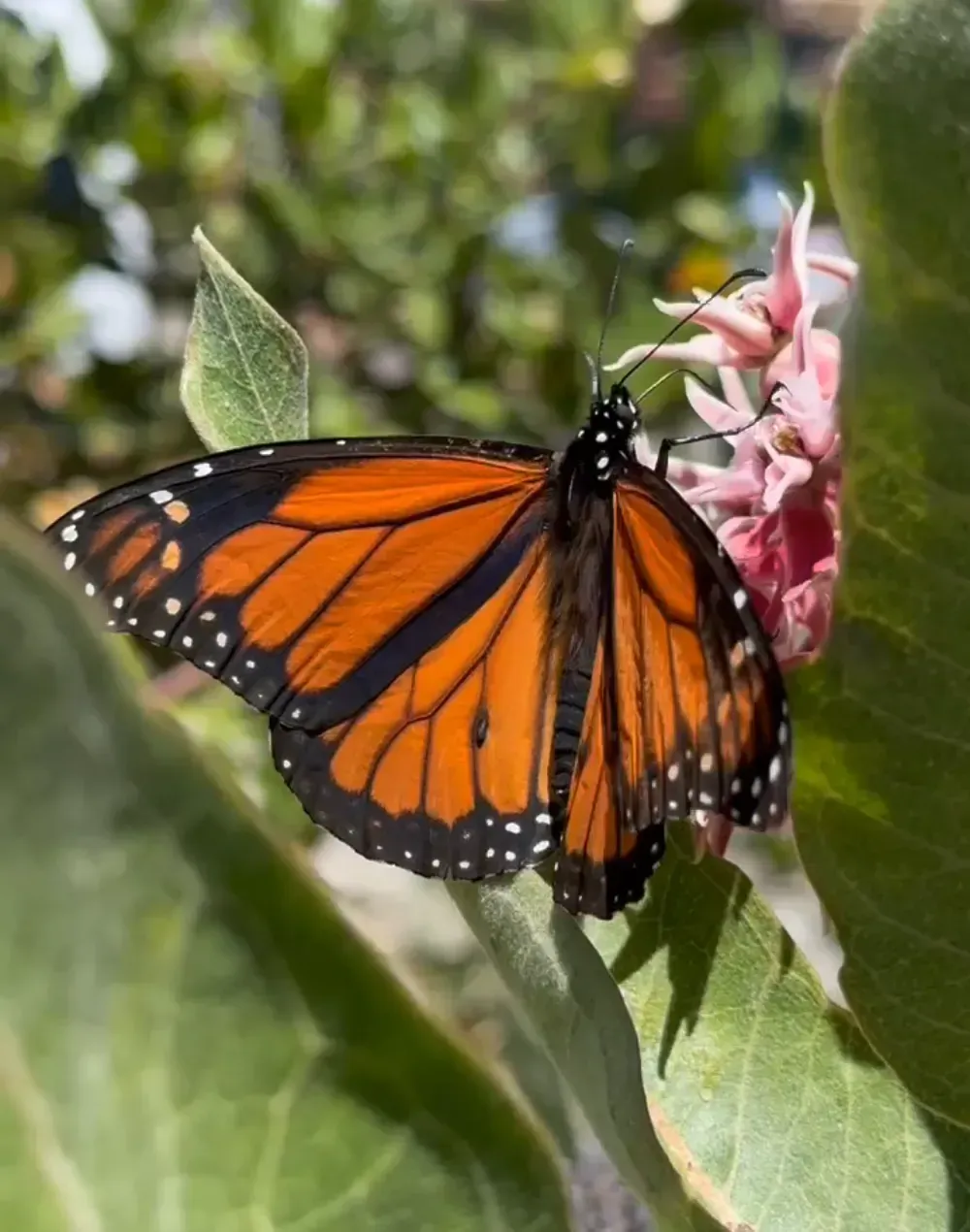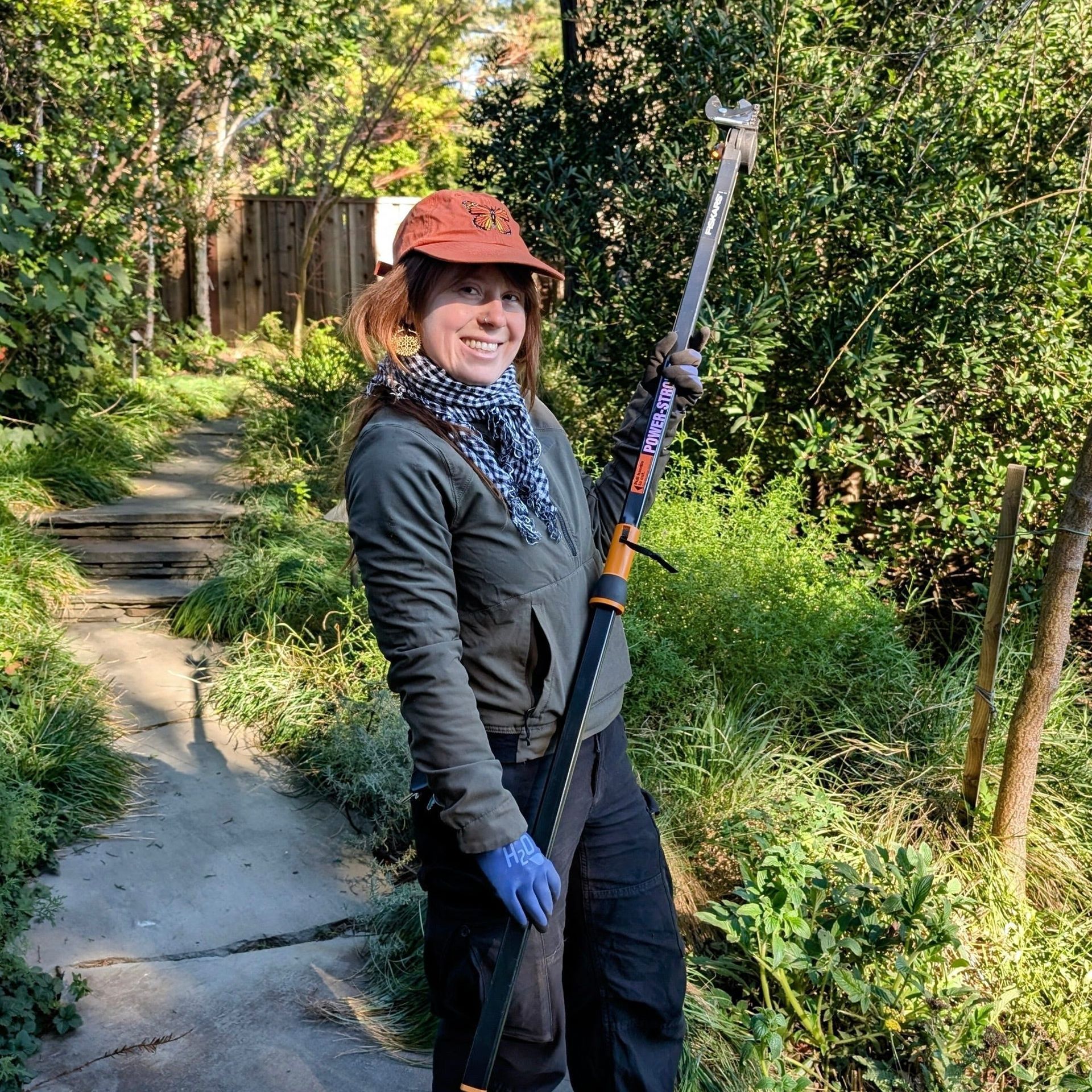Water Water Everywhere...
One challenge we face with every garden we create is, what can we build into the design to make sure the garden is not only beautiful, but also a regenerative place of abundant life? All life on earth needs food, shelter and water. We create food and shelter with the plants, but we also need to create spaces where water is accessible to birds, butterflies and bees, in order for them to build a home in your garden.
All gardeners know that gardens need water to stay green and lush, but the past several years of on-again-off-again drought mean we've had to think hard about the amount of water we use - and about how we can cut our water usage back. To make being water wise even more urgent, many municipalities have incentive-based and/or tiered-cost programs to encourage homeowners to reduce their water usage in the garden. It has become expensive to irrigate a garden, even on a small plot of land, using the more conventional irrigation systems.
Plants need water to survive and to provide their environmental benefits of food and shelter for our native pollinators. At Mariposa, we discourage the trend toward limiting plant choices, creating arid gardens, and taking away the elements that create life in the garden; that is not the way to improve the health of the environment for plants, pollinators, OR humans. Transpiration, or the movement of water vapor from plants to the air to form clouds is essential to a healthy water cycle and to a healthy planet. Arid gardens may look modern and stylish and require little water, but a suburb filled with plots consisting of succulents and gravel will contribute to disruptions in the regional water cycle and can actually exacerbate drought conditions by making the planet hotter and drier!
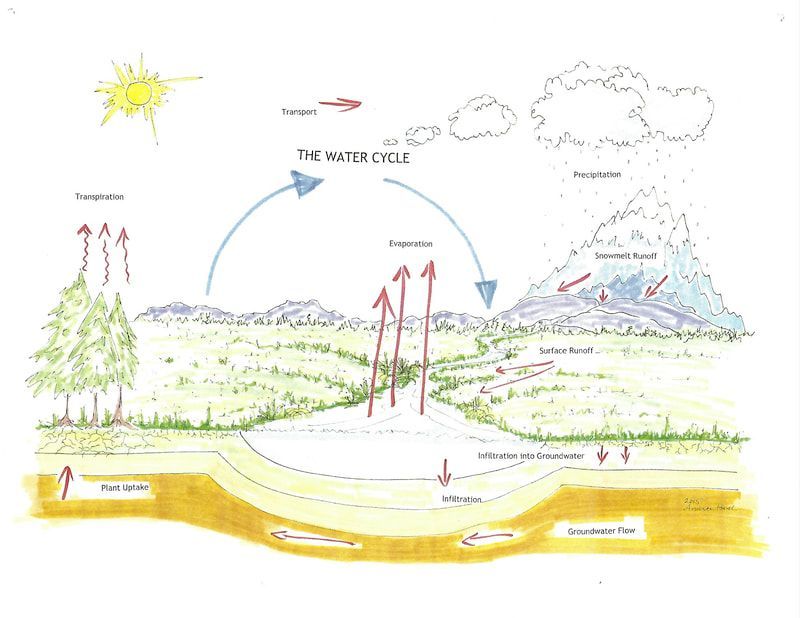
This winter we've had a pretty good year for rain, but the specter of drought still hangs over the state of California, threatening to return. Using water wisely is always a good practice, no matter what the rain gods bring us, and the threat of drought is fundamentally related to the need to combat climate change with methods that promote sustainability and regenerativity.
To paraphrase Hamlet, to irrigate or not to irrigate is not the question. Instead, we need to improve the source of the water that we use in our gardens. Water harvesting and greywater reuse are two of the primary ways to conserve by keeping water on your property instead of pulling more from the municipal tap. In the next two posts we'll show you how you can implement simple water harvesting and greywater techniques to continue to irrigate your garden, without using additional water bought from the city.

